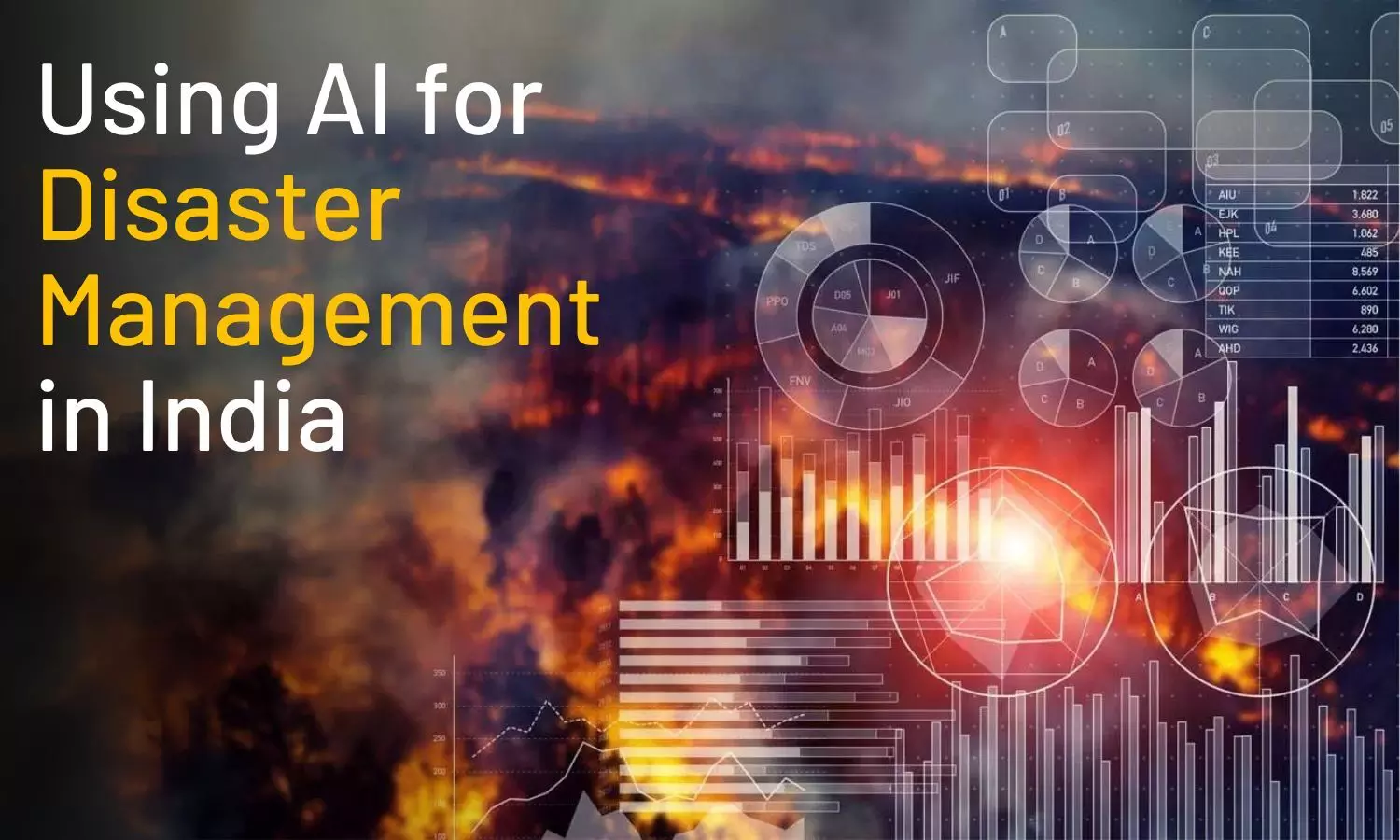How AI and Technology Can Help Manage Floods in India
Explore how climate change is increasing flood risks in India and how technology, especially Artificial Intelligence, can improve flood management.
How AI and Technology Can Help Manage Floods in India

Climate change is causing more natural disasters worldwide, including hurricanes, wildfires, floods, and heatwaves.
These events can have a devastating impact on people’s lives and create serious challenges for communities and economies, making it difficult for them to bounce back.
In India, flooding has been a long-standing issue, but it’s getting worse due to climate change and the rapid growth of cities.
As cities expand, they often struggle to cope with heavy rainfall and water runoff, leading to more frequent and severe floods. Changing weather patterns and urban growth are making flooding worse in India.
Heavy rains can fill up drainage systems, causing water to gather on streets and in homes. This can put families in danger and hurt their property.
Flooding can also hurt businesses, which might have to close, leading to people losing their jobs.
To address these issues, better tools are required to predict when floods could occur. Also, a more robust drainage system to manage larger amounts of water is required. If everyone contributes and invests in these improvements, communities can be protected from flooding.
Need for Technology in Flood Management
Cities like Mumbai and Chennai have experienced severe floods, disrupting daily life and damaging infrastructure. To tackle this, we need better flood prediction and management tools, and countries are working on improvements. However, some of these tools are too expensive.
In places like India, many tools don’t work well because of local conditions. India needs special solutions that fit its needs. So it becomes imperative to create low-cost and effective tools to help manage floods better.
Developing countries often have limited resources. So, it is very important to invest in disaster prediction. Without good prediction tools, flood responses can be weak. This can lead to more losses and put lives at risk.
If a community doesn’t get a warning about a flood, people may not have enough time to leave or get ready.
Using advanced technology for flood management is very important. This technology helps save lives and reduce damage. It also gives people the information they need to prepare and stay safe.
Role of Artificial Intelligence
One of the best tools for managing floods is Artificial Intelligence (AI).
AI can quickly look at a lot of data and find patterns that traditional methods might overlook.
This leads to more accurate predictions and helps communities get ready for floods.
For instance, AI can analyse weather data, river levels, and past flood information to predict when and where floods might occur.
This helps local authorities and the public know what to expect.
Sharing information can help everyone prepare for floods and stay safe. In India, the RAHAT app, created by the Cachar district administration in Assam, assists during flood emergencies. It provides crucial details about early warnings, evacuation plans, rescue efforts, and supplies, especially in remote areas.
Floods recently hit Assam, affecting about 324,938 people and 898 villages. In 2022, Cachar district had bad flooding. More than 85% of the people have suffered. Sadly, 45 people died.
District Commissioner Rohan Kumar Jha noted that RAHAT could transform disaster management in Cachar.
The app is designed to work even in areas with little data. It ensures the timely sharing of important information for disaster response. This includes relief distribution and damage assessment. Such proactive technology can significantly reduce response times during emergencies, ultimately saving lives.
Global Applications of AI in Weather Forecasting
Many countries use AI to predict the weather. In the U.S., the National Weather Service uses AI for forecasts. In India, the India Meteorological Department (IMD) is also starting to use AI. The IMD uses AI to predict floods. This helps find dangers and also tells officials when to act.
Recently, there was a plan to improve the National Monsoon Mission. This proposal includes a budget of Rs 10,000 crore.
This investment will improve the IMD’s ability to predict local weather and extreme events more accurately.
AI chatbots are useful tools. They provide important information about floods. This helps people stay informed and prepared for emergencies.
How investing in disaster prevention methods can be helpful?
Investing in disaster prevention is smarter than just fixing things after a disaster. Spending money on technology and planning can save lives and lower damage.
In the US, AI weather forecasting is 30% more accurate. In Japan, AI warning systems are 50% faster.
When a disaster happens, they quickly alert the authorities. If there’s an earthquake or tsunami, these systems warn the community, giving everyone extra time to get to safety.
These examples show how AI can help with disasters. With smart technology, we can predict disasters better and respond faster, which can save lives and reduce damage.
In India, using AI for flood management is important to lessen the impact of climate change-related disasters.
The RAHAT app and improved forecasting tools help keep communities safe from floods. Using new technology can help manage floods and make the world safer.
Government agencies, tech experts, and local communities need to work together.
By joining forces, we can prepare for floods and protect lives and jobs from climate change.

